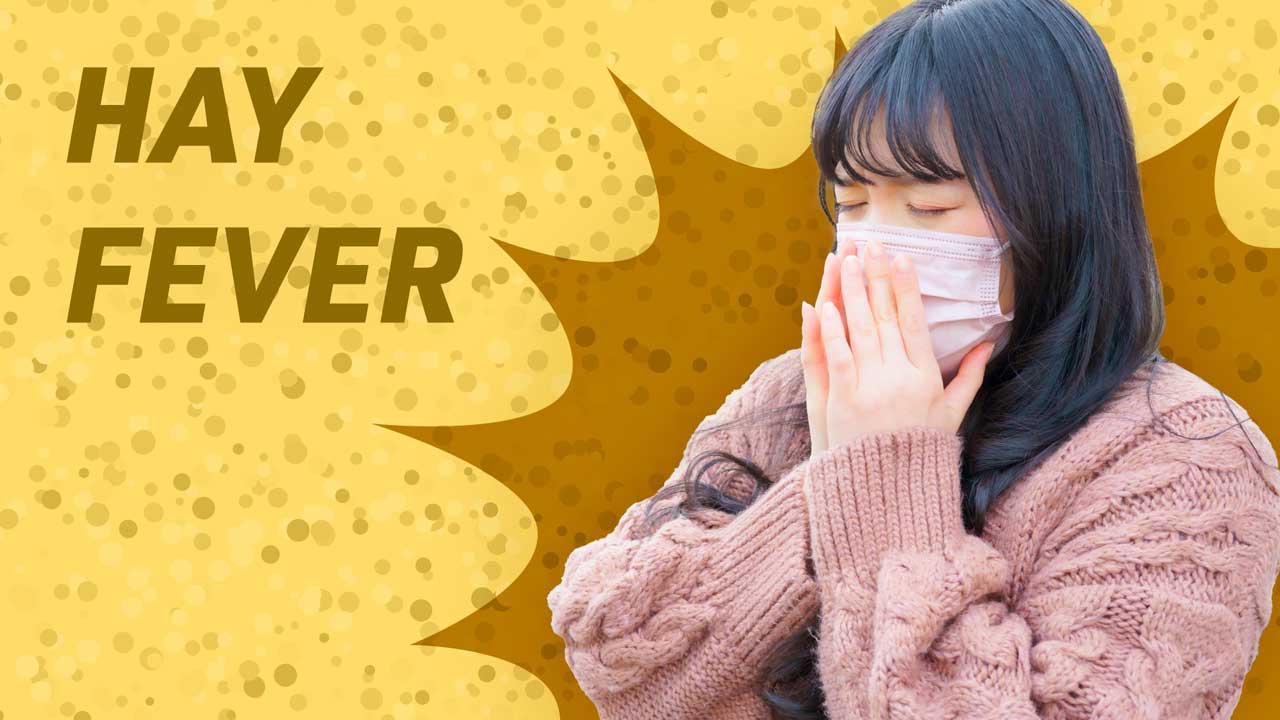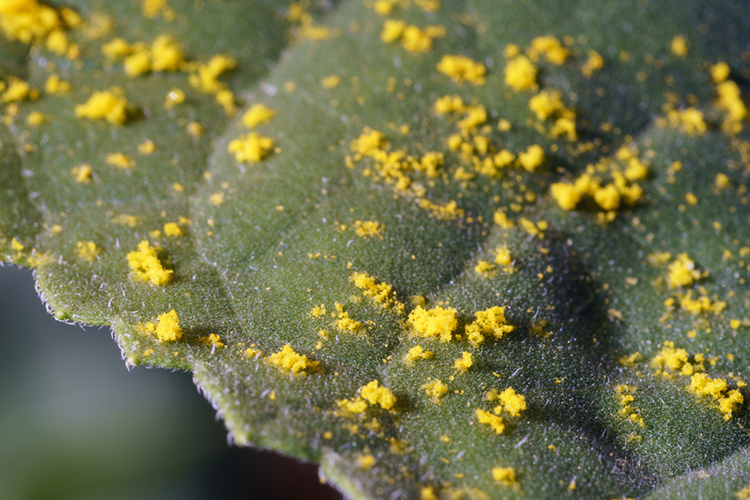Hay Fever and Seasonal Allergies in Bloom
Published: 10 December 2023

Published: 10 December 2023

As spring begins, it’s important for health professionals to consider the care that may be required for conditions relevant to or anticipated for the season.
Seasonal allergies are expected to affect many Australians in spring. Allergic rhinitis (or ‘hay fever’) and asthma can be triggered by the increase of pollen in the air (ASCIA 2022).
Birds, bees and even the wind spread pollen grains. Most allergy-causing pollen is airborne pollen from northern hemisphere grasses, trees and weeds. Interestingly, Australian native plants are less allergenic than some pasture grasses and exotic trees (ASCIA 2022).
Other than through exposure to pollen, allergic rhinitis symptoms can also be caused by dust mites, household pets and mould growth (Healthdirect 2022).
(ASCIA 2022)
Allergic rhinitis can inflame asthma symptoms and make them more difficult to control. A large majority of people with asthma (about 80%) have allergic rhinitis (ASCIA 2022).

(ASCIA 2022; National Asthma Council Australia 2017)
Anyone who develops wheezing needs to promptly seek medical attention from a qualified medical doctor for assessment and treatment (ASCIA 2022).
Victoria’s south coast can get high pollen counts from the northerly winds, bringing pollen from the grasslands. Eastern Australia is somewhat protected from westerly winds by the Great Dividing Range (ASCIA 2022).
South Australia and Western Australia have varying pollen counts depending on the wind direction. Some of the grasses in southern Australian areas are grasses from the Northern Hemisphere that chiefly flower from October to December (ASCIA 2022).
From late July to early August, the white cypress pine (Callitris columellaris) flowers. This is the only Australian tree that creates 'highly allergenic' pollen (ASCIA 2022).
Wattle gets blamed for lots of spring allergies, but skin prick tests rarely indicate that it is actually to blame. Lots of Casuarina and Australian oak tree species lead to pollen-related year-round allergenic rhinitis - not just spring allergies (ASCIA 2022).
The following treatment options should be used under the guidance of appropriate medical practitioners:
(ASCIA 2022)
Patients should inform their health practitioner if they are pregnant when seeking treatment for allergic rhinitis and/or asthma (National Asthma Council Australia 2017).
(ASCIA 2022)
The National Asthma Council Australia (2017) also states that cigarette smoke should be avoided to prevent allergic rhinitis and asthma. Health professionals who do smoke should change their clothes before returning to work with clients and other staff members. Likewise, smoking areas should not be near entry points to the healthcare site.
Healthcare settings may consider implementing wind barriers and incorporating low-allergenic plants into their gardens and landscaping.